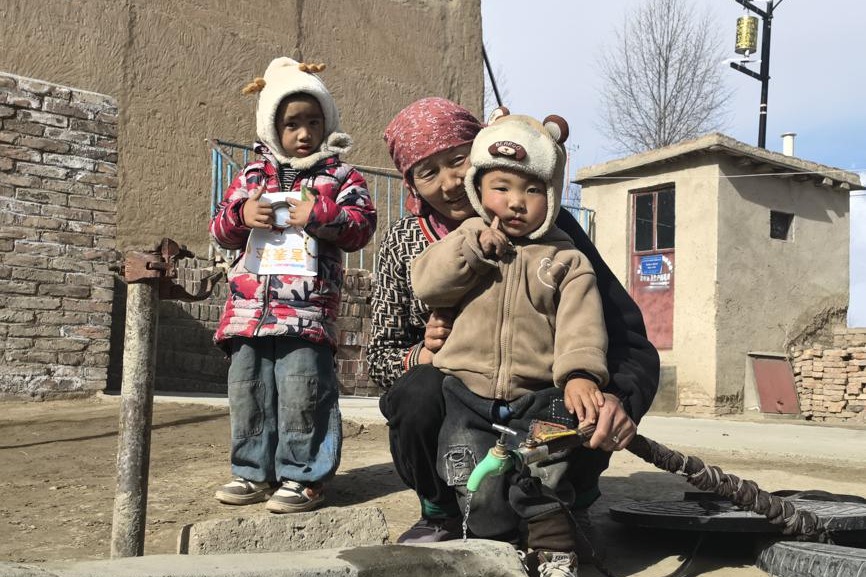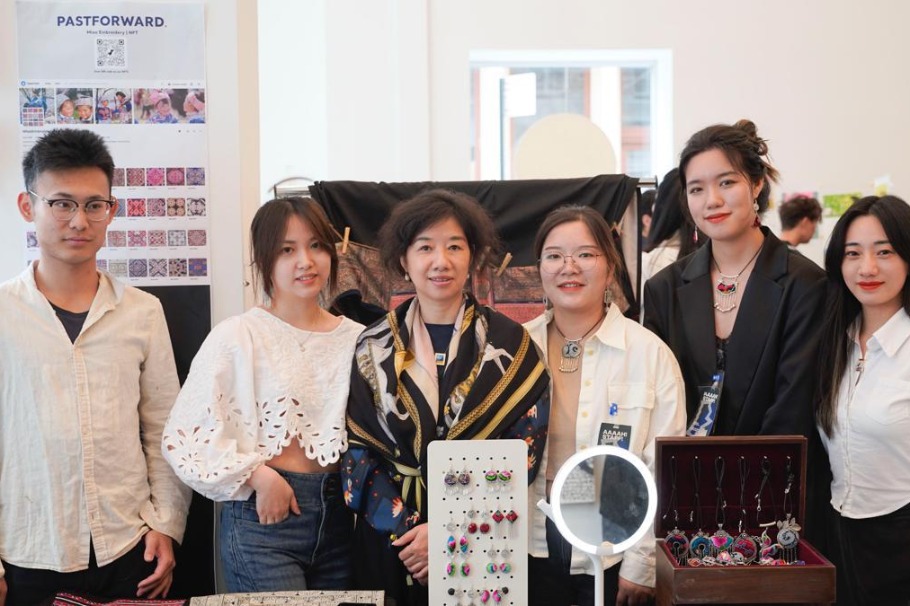China discloses core archives of Japanese germ warfare

HARBIN - An archival collection of over 1,400 pages based on original documents detailing information of Japanese germ warfare units have been published for the first time in China.
The general sizes, ranks, personnel composition and other details of the notorious Unit 731 and its branch Unit 1885 have been disclosed, "unveiling the full picture of this demonic army," according to Yang Yanjun, a researcher at the Exhibition Hall of Evidences of Crime Committed by Unit 731 of the Japanese Imperial Army in Harbin, capital of Northeast China's Heilongjiang province.
Previous academic works involving Unit 731 mostly focused on issues such as wartime crimes, war responsibility and post-war damage. However, they often ignored basic historical facts of the unit itself, which were exactly the core supporting points of these issues, Yang noted.
Most of the personnel information of Unit 731 was disclosed for the first time, which offers the key evidence to Japan's biological warfare, Yang said.
Unit 731 was a top-secret biological and chemical warfare research base established in Harbin as the nerve center of Japanese biological warfare in China and Southeast Asia during WWII.
At least 3,000 people were used for human experimentation by Unit 731 and more than 300,000 people in China were killed by Japan's biological weapons.
- Chinese observatory links black hole jets to cosmic ray acceleration, unveils mystery of 'knee' structure
- Shanxi health authorities report spike in flu cases
- China's rail network sets record with 3.95 billion passenger trips in first 10 months
- Arrest warrant for Shi Yongxin approved by prosecutors
- PLA issues warning to Philippines over 'joint patrols' in South China Sea
- Coast Guard patrols waters off the Diaoyu Islands



































